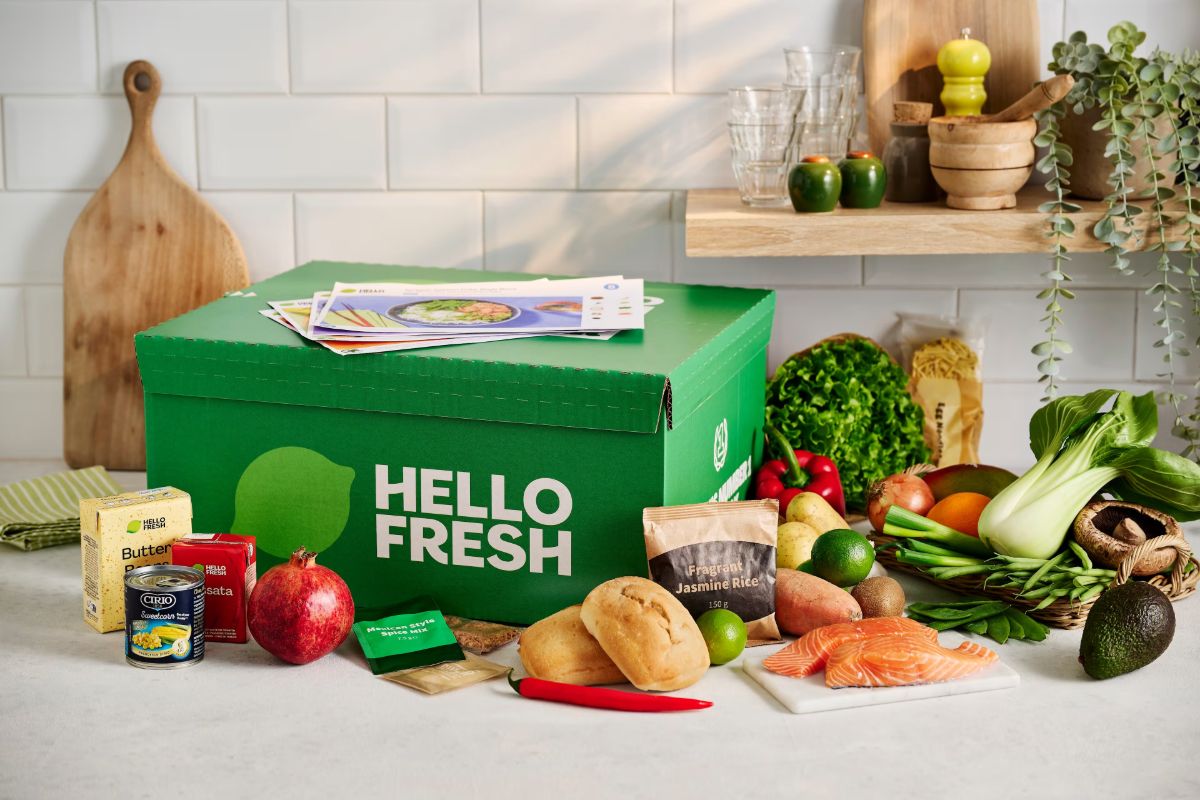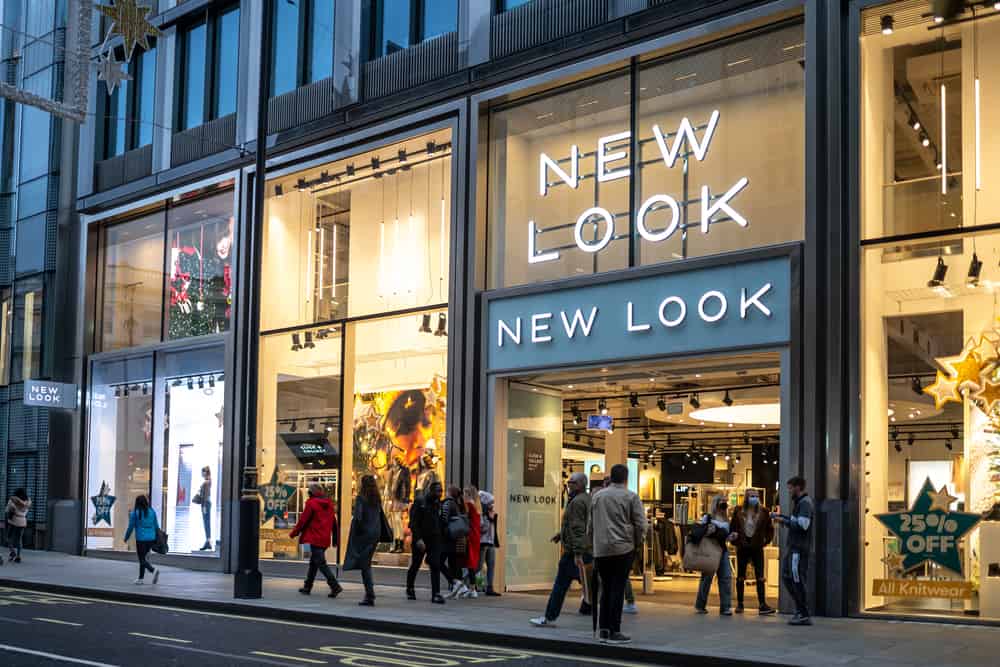Digital has a role in reducing retail’s environmental impact through a better understanding of the customer, a single view of stock and enabling new ways of selling.
Retail has been moving towards transparency since the rise of online shopping and social media. Consumers want to receive what they perceive is the retailer’s promise – be it their order delivered as expected or the purchase being of the same or better quality than it looks in the pictures online – and for the company to behave in a way that’s aligned with its brand story and its reputation. Prestige service is expected from a luxury brand while a ‘green’ business is ethical in everything it does from how it sources raw materials and treats the workers who make the products all through the journey to the way in which it sells products and treats its customers and staff.
Stories of fashion companies burning stock so they can report that they don’t send anything to landfill or of customer data being hacked is not necessarily the best message for consumers when trying to portray yourself as a caring, ethical brand.
Safety, kindness and transparency are all words that have come to the fore in 2020 as the pandemic made people re-evaluate the importance of different things in their life. Brands and retailers were judged on how they behaved and helped staff, customers, the vulnerable, hospitals and their immediate communities. There are numerous cases of perfume brands switching to manufacturing hand sanitiser, cosmetics firms donating moisturiser, fashion companies making scrubs and supermarkets helping to feed people vulnerable to the coronavirus.
Consumers will continue to examine how businesses work to reinvent retail towards 2030 and beyond. How many of the lessons from 2020 will be turned into actionable targets?
BETTER CONVERSATIONS
Being open and honest and having nothing to fear from public scrutiny doesn’t come naturally to businesses that are still altering how they do things to put the customer at the heart of their organisation. Developments in ecommerce, such as product reviews, put the consumer in charge while enabling retailers to gain a better understanding of their customer base. Email, segmentation and customer data platforms are used to continue the conversation, enabling brands and retailers to have one-to-one contact with each consumer across every touchpoint including web, mobile and store. Retailers no longer control the conversation; it is a two-way interaction trying to mimic real life, with each party learning more about the other through each contact.
Legislation, such as GDPR, which became enforceable across Europe in 2018, is ensuring that retailers and brands continue to treat consumer data in a secure way, only storing and using the information that each person has given permission for them to keep.
Through these interactions, retailers can more accurately present the right product to each consumer at the right time and through the best channel. For example, The Hut Group can tell when a customer is likely to run out of shampoo and contact them at the appropriate time. A store colleague with an iPad, the right training and access to the full scope of customer data can have an informed conversation with the shopper when they visit the store resulting in the right decisions being made for both parties.
This in turn enables stock to be sold at full price, avoiding margins being reduced, goods being left over at the end of a season, lots of returns from customers who have bought the wrong thing, or products that don’t live up to the expectation created by marketing. Staff, whether operating a concierge service in store or dealing with consumer queries on social media, email or by telephone, can have a more natural conversation with a customer when they know why they are making contact and have all of the background information at their fingertips along with details of other interactions. Adding a view of product and its location throughout the supply chain journey along with information about each item enables an honest response to queries about stock.
When retailers started to add stock level information to their websites, once they gained a real-time view of their warehouse and stores, customer journeys to buy specific items only to find out that what they wanted was out of stock reduced.
NEW MODELS
This greater understanding of consumers and a view of stock, combined with a growing number of digital tools, is enabling brands and retailers to sell in new ways making purchasing an experience in its own right. Just look to the likes of Airbnb and Uber to see what can be achieved with the right platform and a booming sharing economy.
As retailers add services to their product mix – think kitchen design, cabinets and installation or television mounting and setup – new companies have been launched with models that optimise the rental format. Millennials and Gen Z are turning away from ownership in favour of spending their money on experiences. Ecommerce start-ups are building on their understanding of their customers from day one, ensuring that they talk the right language and have the messaging in the right channels.
Rent the Runway was founded in 2009 offering designer dresses on subscription. The pandemic has seen it adjust its model following the reduction in the need for outfits. Rather than offering an unlimited subscription service with items rented over a set period of time, along with its tiered packages, the company has introduced a way for customers to hire single items.
Department store Selfridges has partnered with clothing rental service Hurr. The service allows consumers to rent designer clothing through either Selfridges or the Hurr platform. Where it differs from services such as Rent the Runway, which owns and rents out the garments, is in the way that Hurr links customers with people who have already bought the garments and are happy to rent them out rather than having garments hanging in a wardrobe unworn. Hurr enables customers to look for items that are local to them as well as choosing by occasion. Alternatively, they can browse through all of the garments on offer. As with other peer-to-peer platforms, reviews are mandatory.
While these services were founded on the principle of creating accessibility and a route to luxury fashion, another service – OnLoan – enables consumers to “get your fashion fix without treating clothes as disposable”.
It is this move away from fast fashion, consumerism and the throwaway society that is driving the circular economy, whereby items are designed from the start to be reused, repaired or recycled at the end of their life. A growing number of new online stores with this ethos are being set up. For example, Gerrard Street rents its headphones over a period of a year. Customers pay a monthly subscription and at the end of the year, they return the item to the company, where it is then refurbished or upgraded.
Proving that it’s not only a model for start-ups but also one that longstanding retailers are embracing, US retailer Urban Outfitters launched a womenswear rental service in the summer of 2019. Subscribers to its Nuuly platform pay $88 (£67) to rent 6 items, which they can return at the end of the month or purchase outright. Brands on offer include its own Anthropologie, Urban Outfitters and Free People labels as well as a range of curated names.
Taking it a step further, services such as Stitch Fix hold the promise of getting to know each consumer so well that a personal stylist and an algorithm can send a personalised box of clothes that fit and suit each customer’s style, month after month.
Before a new customer is sent anything, though, the company has to understand, their unique personal taste in fashion. Stitch Fix doesn’t ask customers to self-identify with labels such as ‘preppy’ or ‘boho’. Instead, it collects information by showing the customer pictures of garments and asking them which they like and dislike. This data forms a ‘style space’ mapping what the customer likes and how the individual items relate to each other and where styles overlap. Questions are asked about the person’s size and body shape too and this information is amalgamated into their profile. With all of this information, along with details of what other similar customers have bought, Stitch Fix can score garments against how likely each customer is to keep any item of clothing that is sent to them. This is the stage at which a human stylist steps in to confirm the choices made by the algorithm.
Maybe the answer to being more environmentally conscious isn’t just reducing the impact of what you do, but doing everything better, embracing customer centricity, matching customer need with the right product every time and looking at the business of retail in a new way. Consumers who have grown up with digital certainly are
This feature first appeared in the 2020 Sustainability Report. Click here to read it in full and to download it.









